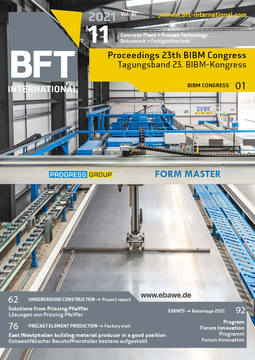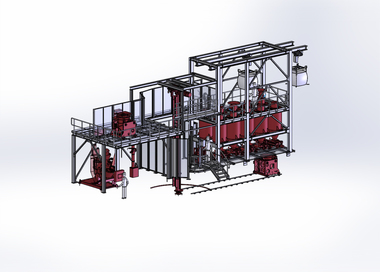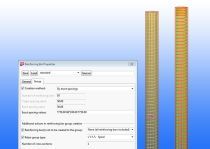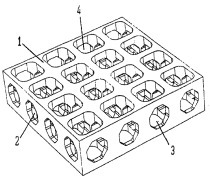Why OpenBIM should be taught and not bought
The construction industry, in both Denmark and many other countries, have been accused of “silo thinking” for many years.
We may have introduced phrases like “BIM”, “VDCO” and so forth, but these are merely concepts and tools for the industry to use – they are not breaking down any barriers in the industry.
The different stakeholders/disciplines in the construction industry still are not collaborating in the true meaning of the word. Most human nature and business strategies consists of us trying to minimize interference from other parties and us trying to limit any legal and financial liabilities.
Are buildings still constructed? Yes, but most of them with budget overruns, long delays and significant waste – just to name a few factors.
Is it then enough to only work with IFC- and BCF-files? No.
What is needed is an OpenBIM-workflow.
An OpenBIM-workflow needs to be inclusive, so all parties involved in a project have access to all the data needed, but are still able to use the software they see best fit for the job.
In addition to that, it also needs to be inclusive for any employees that are not working in the “BIM-world” as part of their daily routine.
The workflow needs to be interactive based on agreed workflows, so a stakeholder’s responsibility does not just end with the delivery of data in an open format and then the rest must guess what they need and try to interpret the design intent.
The interactive part focuses a lot on communication, but also combines with the people in the above-mentioned part about being inclusive – we need to get everyone involved. All the way from the CEO and all the way down to the craftsmen mounting components on site.
Finally, the workflow needs to be focused. This means that the workflow needs to be tailored to the specific task it needs to accomplish; which means that data should be filtered, sorted and displayed in ways only relevant for the party that needs to receive and work with the data.
So why can’t you just buy OpenBIM?
Why can’t you just add it to the contract and then just receive exactly what you need?
In short: Because unless you specify an OpenBIM-workflow in all it’s details in the contract, you’re likely to only receive what the other party thinks you want or you’ll receive an amount of data so big that most of your time will be spent sorting through the data.
Do we need to always specify an OpenBIM-workflow in our contracts? At the moment yes, but this is where “taught and not bought” comes in to play.
As an industry, we need to start teaching each other exactly what we need and why we need it in the way we do. We need to teach each other the benefits of an OpenBIM-workflow and we need to minimize the dataflow, so we ensure that we only receive the relevant data needed at the time. This goes both ways because we also need to explain to the other stakeholders what we can deliver back to them, how we can deliver it and why it would benefit them.






